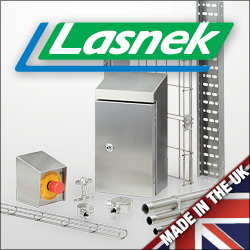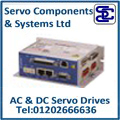
Posted to News on 28th Sep 2016, 14:53
The impact of digital decay for older industrial devices
The 1980s: an era of double denim, floppy disks and vinyl classics. Back then, the concept of storing your vinyl collection on a "cloud' was unimaginable and, let's be honest, ridiculous. Today, data storage for consumer and industrial technology is advancing rapidly, but what does this mean for older industrial devices? Here Jonathan Wilkins, marketing director of industrial automation supplier EU Automation examines how digital decay is affecting industry.
Digital decay describes storage media, or anything stored in computerised form, gradually decaying over time. Much like the spine of a well-read book will crack and its pages will fade and crease, digital media is also vulnerable to breakdown and deterioration over time. For consumers, the throw out and upgrade attitude to storage devices is fine, but for industrial manufacturers it's not quite so simple.
In a factory setting, industrial data can range from basic figures on the energy usage to complex operational commands and procedures for factory automation. For these more advanced industrial applications, data storage can be crucial to the running of a plant. Take this as an example; a programmable logic controller (PLC) is an industrial control system that continuously monitors activity throughout a factory. While it shares common terms with the common PC like its central processing unit, memory storage and software, a PLC is specifically designed for use in an industrial environment.
A PLC will scan and analyse all machines which are connected to it and is therefore capable of making factory decisions based on this data. As the name suggests, a PLC is fully programmable, meaning customised settings are stored inside the device. For PLCs, the memory used is directly tied to the amount of input/output (I/O) activity programmed to the device, so the more industrial applications inside a factory, the quicker the memory capacity will be exhausted. Considering that modern PLCs commonly exceed a 15 year lifespan, it comes as no surprise that digital decay can easily occur.
Digital decay is inevitable, and this leaves manufacturers with a decision to make - whether to replace the existing device or upgrade to a new one. An upgrade may seem like the obvious choice, but a costly new PLC doesn't necessarily mean it's more capable. A PLC should be chosen specifically with the factory in mind. Basic considerations should be its necessary I/O capacity and subsequently, the size of memory required to accommodate this.
More information about digital decay and data storage for industrial technology can be found at www.euautomation.com.
EU Automation (European Automation Ltd)
3, Parker Court
Staffordshire Technology Park
ST18 0WP
UNITED KINGDOM
+44 (0)845 521 3088


















